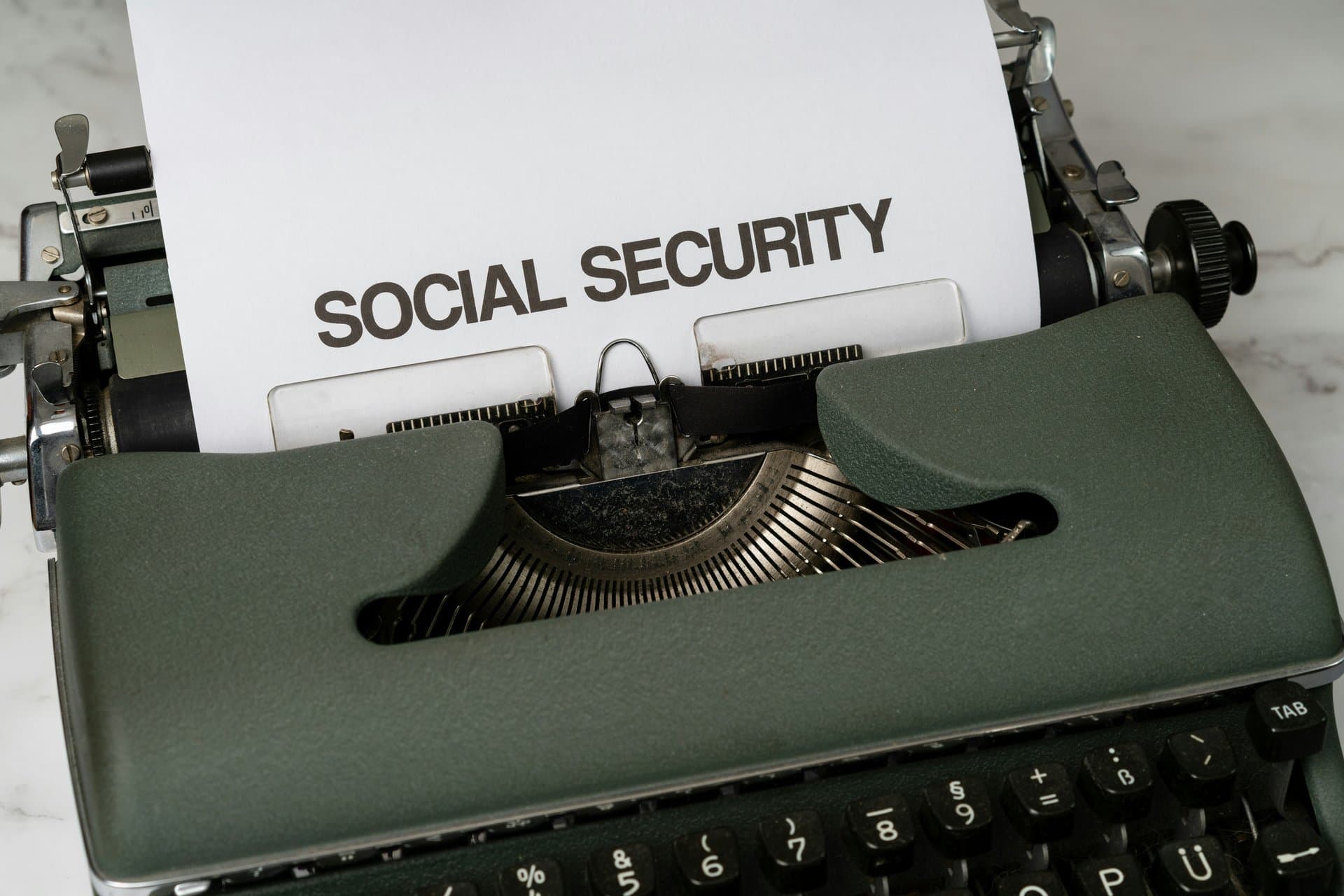Debunking Social Security Anti-Fraud Myths: 5 Key Facts
Unlock the truth behind Social Security’s new anti-fraud measures with 5 essential facts that clarify identity verification changes, protect your benefits, and navigate recent policy shifts.

Key Takeaways
- All phone claims now face anti-fraud checks starting April 14, 2025
- Only flagged claims require in-person identity verification
- Direct deposit changes by phone are no longer allowed
- New rules sparked confusion and long wait times at SSA offices
- Seniors and rural residents face challenges with in-person verification

Social Security’s new anti-fraud measures have stirred a whirlwind of concern and confusion among millions of Americans. Starting April 14, 2025, the Social Security Administration (SSA) began conducting anti-fraud checks on all telephone claims, flagging suspicious applications for in-person identity verification. This shift, driven by the Department of Government Efficiency (DOGE) under Elon Musk’s oversight, aims to tighten security and protect taxpayer dollars. Yet, the rapid policy changes and partial reversals have left beneficiaries scrambling for clarity, with many seniors and rural residents worried about losing access to their vital monthly payments. This article unpacks five key facts about these new Social Security anti-fraud measures, cutting through the noise to help you understand what’s really changing and how to safeguard your benefits.
Understanding Anti-Fraud Checks
Imagine your Social Security claim as a package traveling through a security checkpoint. Starting April 14, 2025, every claim filed over the telephone undergoes an anti-fraud check—a high-tech scan designed to spot suspicious patterns and anomalies. This isn’t about mistrusting beneficiaries but about protecting the system from fraudsters who exploit phone applications. The Social Security Administration (SSA) analyzes millions of claims annually, flagging about 70,000 out of 4.5 million phone claims for further scrutiny. If your claim is flagged, you’ll be asked to verify your identity in person at a local SSA office. This layered approach balances convenience with security, allowing most people to continue using the phone while ensuring fraud risks are minimized.
This new anti-fraud technology represents a significant modernization effort, backed by a $16.5 million investment to upgrade telephone services nationwide. Acting Commissioner Leland Dudek emphasized that these updates enhance both security and accessibility, aiming to streamline the customer experience without shutting out those who rely on phone services. So, while the idea of in-person verification might sound daunting, it’s a targeted measure triggered only by specific fraud risk indicators, not a blanket requirement for all phone applicants.
Direct Deposit Changes Now In-Person Only
One of the most impactful changes is the new rule barring beneficiaries from changing their direct deposit information by telephone. Previously, about 40% of Social Security direct deposit fraud stemmed from phone calls requesting bank account changes. The SSA found that asking identifying questions over the phone no longer sufficed to prevent fraudsters from hijacking payments.
Going forward, if you need to update your bank account for Social Security payments, you must do so either through the official “my Social Security” website or by visiting a local SSA field office. This shift aims to close a major loophole exploited by scammers. While it adds a layer of inconvenience, especially for those less comfortable with online tools or unable to travel easily, it’s a critical step to safeguard your monthly income. The SSA encourages beneficiaries to use the online portal, which requires identity verification, but recognizes that not everyone has equal access or digital literacy, highlighting ongoing challenges in balancing security with accessibility.
Telephone Claims: What’s Allowed Now
The Social Security Administration initially announced a sweeping ban on filing retirement and disability benefits over the phone, citing identity verification concerns. This policy was set to start March 31, 2025, but after pushback and confusion, the agency revised its stance multiple times. Disability, Supplemental Security Income, and Medicare applications were exempted from the phone ban, and the start date was pushed to April 14.
Then, in early April, the SSA backtracked again, allowing all claim types to be filed by phone, with only those flagged for fraud risk required to appear in person. This latest update means telephone claims remain a viable option for most applicants, preserving access for those who can’t easily use online services or visit offices. Advocates, including AARP’s Nancy LeaMond, hailed this as a win for older Americans, ensuring that the phone remains a lifeline rather than a barrier. However, the policy’s rapid changes have caused confusion among beneficiaries and SSA staff alike, complicating the customer service experience.
Challenges for Seniors and Rural Residents
While the new anti-fraud measures aim to protect Social Security’s integrity, they also create real hurdles for millions of seniors and rural residents. The Center on Budget and Policy Priorities (CBPP) highlighted that millions of retirees rely on phone applications because traveling to local SSA offices can mean a 45-mile trip or more. For many, especially those with mobility issues or limited transportation, in-person identity verification is a daunting prospect.
Long wait times compound the problem. Currently, scheduling an appointment requires calling the SSA’s 800 number, where wait times can stretch to two and a half hours, and appointments often aren’t available for over 28 days. The recent layoff of more than 7,000 SSA employees exacerbates delays, leaving beneficiaries like Kevin Jochems and Matt Koob frustrated and anxious about losing vital payments. These stories underscore the emotional toll and practical difficulties the new rules impose on vulnerable populations, challenging the notion that security upgrades come without cost.
Navigating the New Verification Landscape
So, what’s the best way to navigate these changes and keep your Social Security benefits flowing smoothly? First, understand that not everyone must visit an SSA office in person—only those flagged by the anti-fraud system or those changing direct deposit information by phone. The SSA encourages starting processes online via the “my Social Security” website, which can save time and help schedule appointments when needed.
If you do need to verify your identity in person, plan ahead and be patient. The SSA is surging personnel to handle increased demand, but delays are inevitable. Keep documentation handy and stay informed through official SSA channels to avoid misinformation. Remember, telephone claims remain an option for most, so don’t rush to offices unnecessarily. By staying calm and proactive, you can outsmart the confusion and secure your benefits despite the shifting landscape.
Long Story Short
Navigating Social Security’s evolving anti-fraud landscape requires clear understanding and proactive steps. While the new measures enhance protection against fraud by flagging suspicious phone claims and requiring in-person identity verification, they also introduce hurdles—especially for seniors and those in remote areas. The ban on changing direct deposit information by phone addresses a significant fraud vector but demands digital savvy or travel to local offices. The SSA’s back-and-forth on telephone claim policies reflects the challenge of balancing security with accessibility. For beneficiaries, staying informed and preparing for possible in-person visits is crucial to avoid disruptions. Remember, telephone claims remain an option unless flagged, offering some flexibility. As the SSA modernizes, your vigilance and patience will be key to maintaining uninterrupted Social Security benefits.